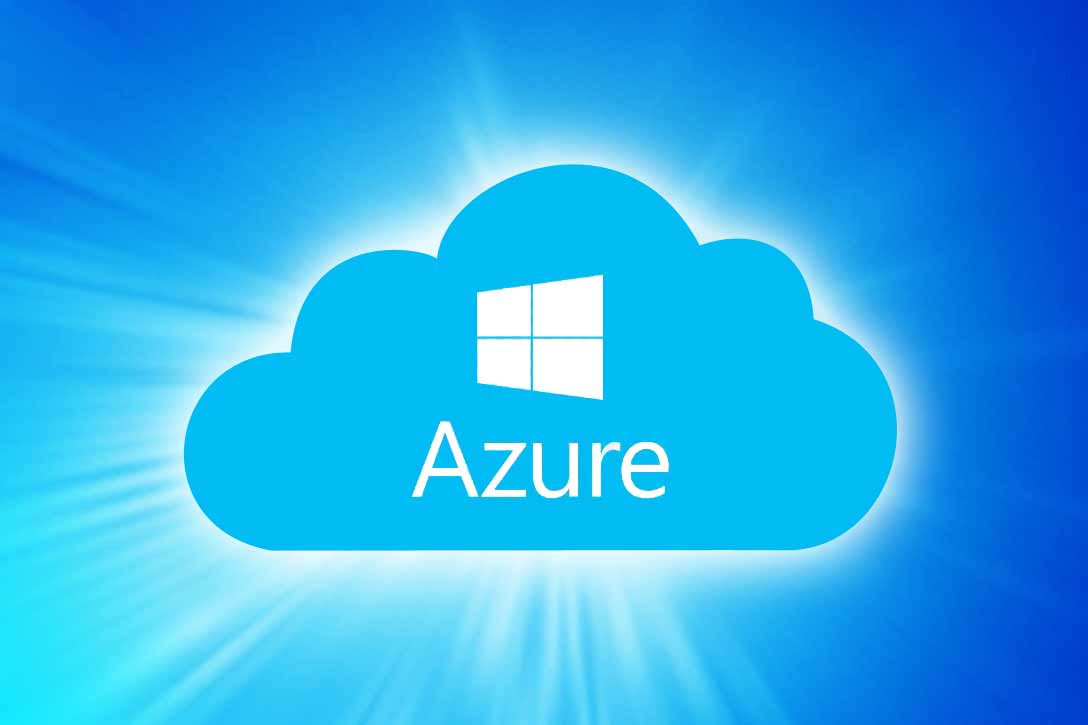If you are a data scientist or software engineer, then Apache Spark is an important part of your toolset. It is a powerful engine that promises faster data processing and easier development.
It is designed to run in memory, and it supports multiple programming languages. It also offers libraries for SQL querying, streaming, machine learning and graph processing.
What is Apache Spark?
Apache Spark is a big data processing framework that combines an engine for distributing programs across multiple machines with a model for writing programs to process and query large sets of structured and unstructured data. It supports SQL queries, streaming analytics and machine learning at scale and is highly interactive.
Spark’s core consists of Resilient Distributed Datasets (RDDs), which represent an abstraction for data that can be split and executed in parallel on a cluster of servers. It works with a cluster manager (either its own standalone cluster manager or YARN, Mesos or Kubernetes) to distribute tasks and execute them on worker nodes in the cluster.
Various libraries are built on top of the core to handle specific workloads. These include Spark SQL, Spark Streaming and MLlib for machine learning. Apache Spark is also compatible with Hadoop and allows for seamless integration with its existing infrastructure. It is polyglot, supporting code written in Scala, Python and Java.
Stream Processing
Apache Spark is a powerful in-memory framework that supports multiple workloads such as real-time analytics, machine learning and graph processing. It provides high-level APIs in several languages and supports multiple cluster managers including Spark Standalone, YARN, Kubernetes and Mesos.
It uses Resilient Distributed Datasets (RDD) to implement stateful operations and data transformations. The RDDs are fault-tolerant and can be split across multiple nodes in a cluster for parallel execution. This ensures that the entire application is always running.
Spark Streaming can be used to process real-time streams of data in a batch or micro-batched mode. It can handle responses with low latencies.
It also has a low-latency Continuous Processing mode. It offers impressive performance and can handle large volumes of data with the help of its high-performance in-memory engine. It supports a wide range of streaming source such as file system, socket connections, Kafka and Amazon Kinesis. It also provides a set of low-latency operators for map-like and selection operations.
Machine Learning
Apache Spark is a big data processing engine with built-in machine learning capabilities. Developed in 2009 by AMPLab at UC Berkeley, it is now the leader in working efficiently with massive unstructured data. It runs multiple workloads, including SQL queries, streaming data, and machine learning, on parallel computer clusters. It supports a variety of programming languages including Java, Scala, and Python. It is used by many major banks, telecommunications companies, and games firms, as well as many government agencies.
The three core components of Apache Spark are SparkSQL & DataFrames for general-purpose data processing needs; Spark Structured Streaming for handling streaming data and SQL queries; and MLlib for machine learning and data science. It also has support for graph-parallel computation through GraphX. It is available for Linux, MacOS, and Windows. The easiest way to install it is through Homebrew, a free package manager for macOS. It can be deployed on Hadoop through YARN or as a standalone system.
Big Data
Big data analysis requires scalability, information consistency, and fault-tolerance. Apache Spark is the ideal platform for handling these challenges. It is used in several industries to analyze large amounts of data at a lightning-fast speed. It is a highly flexible and powerful tool that provides SQL queries, machine learning extensions, structured streaming, and graph processing.
It also allows for iterative algorithms and interactive querying. It supports multiple programming languages and can run multiple workloads simultaneously. This helps shorten the time from exploratory analytics in the lab to operational analytics in production data applications and frameworks.
Its architecture includes the Spark Driver that creates Resilient Distributed Datasets (RDDs) that are fault-tolerant collections of elements that can be distributed across a cluster and worked on in parallel. This RDD structure powers its remarkable processing speed. It also has a rich library called MLlib that offers scalable ML primitives, including classification, regression, collaborative filtering, optimization, and dimensionality reduction.

